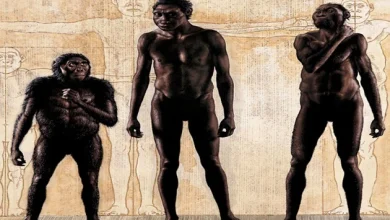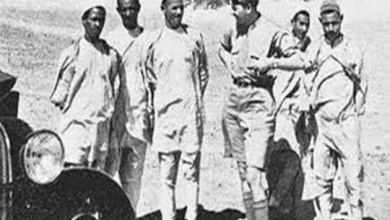Intriguing marriage ritual practices you will find in Africa

No African marriage practices are the same; depending on which part of the continent you are in, one must encounter an intriguing bizarre marriage ritual.
African marriage ceremonies can have some similarities, from one region to another. East African cultures and the southern part of the continent that share similar languages sometimes have some everyday marriage rituals.
An African marriage ceremony runs the full spectrum of colour for all festivities. They can be colourful and dynamic; they can also be sombre and understated. However, no matter how marriage ceremonies are conducted, they are always filled with a great deal of symbolism and profound meaning.
Some of the African marriage rituals
1. Wodaabe marriage rituals
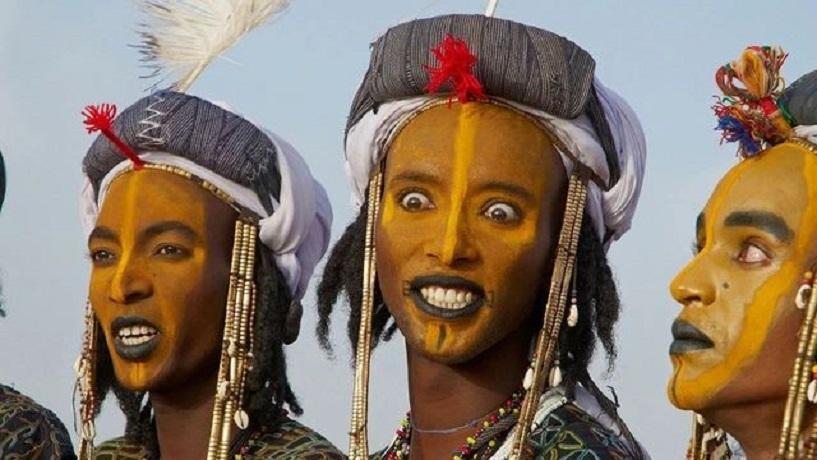
Their parents usually arrange the first marriage of any Wodaabe man or woman from a very young age. However, Wodaabe does not have a monogamous marriage.
Seven days in which men compete in a dance competition judged by women. Although a Wodaabe man can have up to four wives, the first being a cousin who his parents promised at birth, women can still choose some.
In this dance celebration, known as Geerewol, women pick the man they find ideal as their husband. If a woman spotted two men desirable, she might only choose one, and however, if both men are cousins, she could have them both. The African wedding ceremony between male cousins in this region emphasizes sharing and generosity.
Ruume ring dance is a two-part dance, the welcome dance done in the daytime and the tempting dance done in the evening. The dance’s personality and charm are called Yaake, and the Geerewol dance is the beauty part of the competition. It is the part where men Judged to find who is the most attractive.
2. Swahili wedding rituals
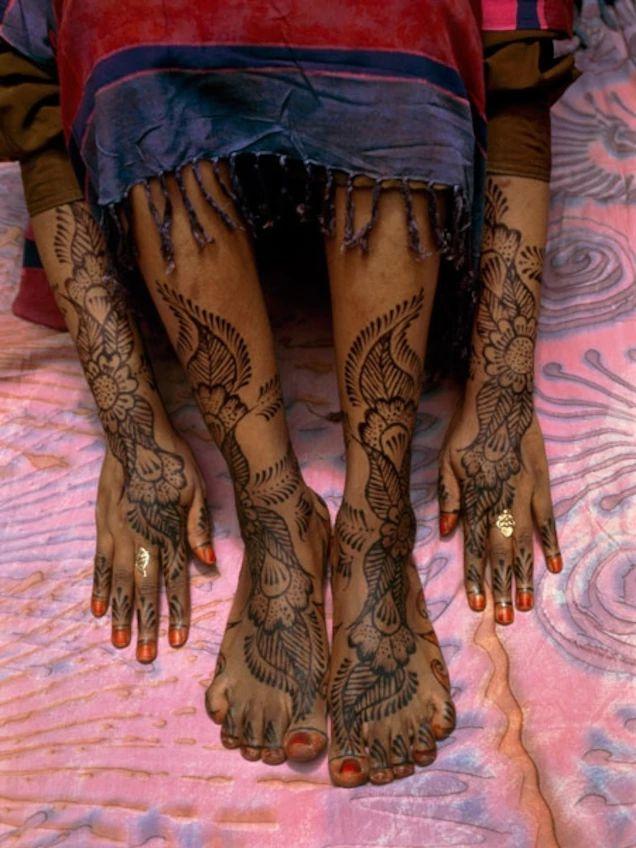
Before the wedding ceremony, the bride is isolated and trained by an older female relative to being a good wife. She receives unique beauty treatments on her wedding day, including coconut oil massage and unique perfume and henna application.
Meanwhile, the groom undergoes a traditional African wedding ceremony known as a “Kupeka Beji”. In this ceremony, the groom’s female relatives deliver gifts to the bride on his behalf. The bride’s female relatives then perform the ritual known as “Kupeka Msuaki”, where they, in turn, present the groom with toiletries on behalf of the bride. These all culminate in a traditional chakacha dance before the actual wedding ceremony begins.
Often, the bride and groom may not see each other until their wedding night. In times past, the bride’s “marriage coach” would sleep under the marriage bed and assist the groom if the girl resisted “perfecting the marriage”. She would also witness the “bride taking off the flowers” to speak and take a piece of cloth out to the other women. Then the couple would isolate for seven days.
3. Ndebele of South Africa
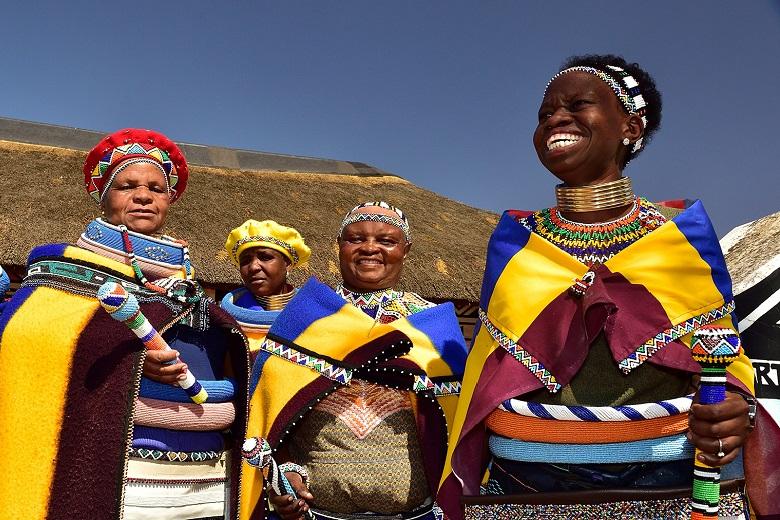
The Ndebele South African marriage ritual is divide into three parts. The first stage includes the bride price for the livestock, after which the bride leaves her family. Their bride price payment system is different because they have an “instalment plan”.
They pay first, then the wedding takes place, and then the final payment is made after the first child’s birth. Yes, the groom’s father is entitled to a full or partial refund of the dowry if she does not give birth to any children within a “reasonable time”. During the first two weeks of the wedding, the bride isolated, and only female relatives enter.
Stage two occurs at the birth of the first child. After childbirth, the bride can now wear a special beaded apron called an “ijogolo”; it has a unique design representing a mother surrounded by her child.
Lastly, in the third stage, the husband performs a ceremony in honour of his wife, providing benefit for all that she has done during their time spent together.
4. The Himba of Namibia
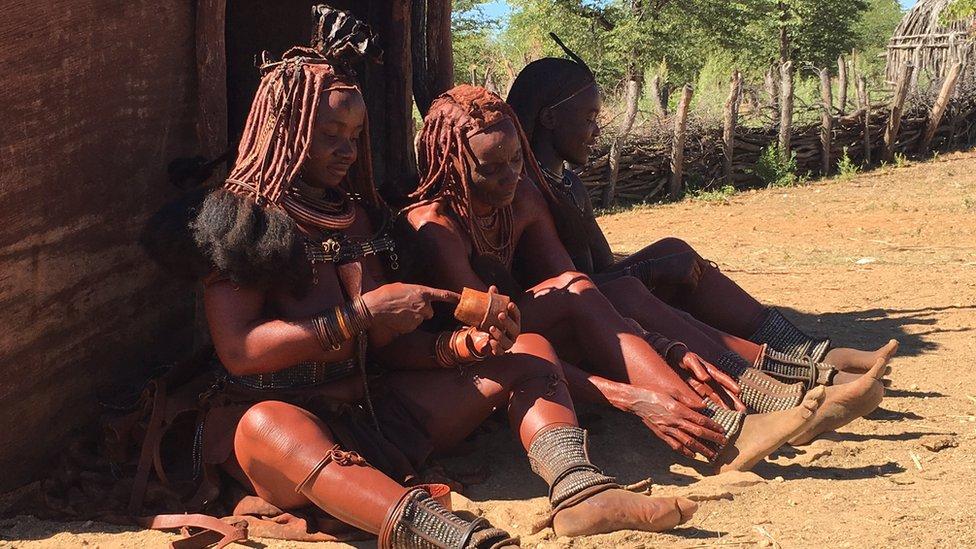
Their marriage ritual includes the butchering of a goat by the bride’s father on the ceremony’s first morning. The goat meat is divided among the village members, while his daughter and other women of childbearing age get the goat’s belly worn on their heads—these ‘worn on the head’ as a sign of respect to the father of the bride.
In this tribe, the groom stays out of sight from others; while hiding, he can clean and tan the black goat’s skin. He then gives the processed goat skins to his future mother-in-law and the bride to prepare the dress.
After leaving her father’s home, the bride will receive a special headdress from her mother, which she must wear throughout the first month of her marriage. She is rubbed with red paint that she wears to her new home. Once this removed from her skin, she will officially welcome into her husband’s house, family and community.
5. Zulu marriage rituals
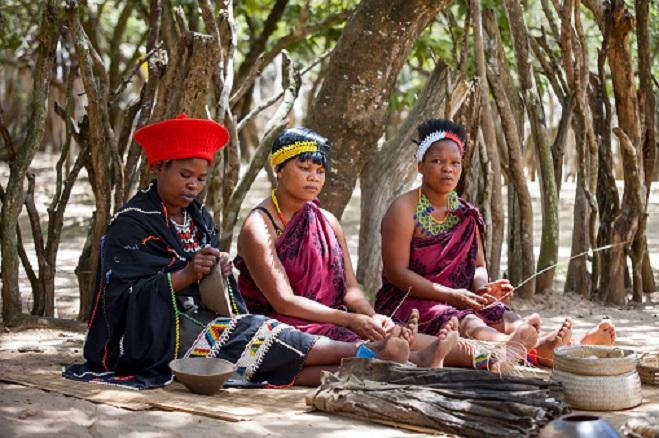
The Zulu bride’s marriage means disconnecting from her ancient ancestral lineage and joining her husband’s traditional heritage. These form the basis of the ritual wedding dance competition, which shows the ritual opposition between the bride’s family and the groom’s family.
Such dance is the centrepiece of every Zulu wedding ceremony. During the ceremony, the bride does her dance at some point, during which she kicks her legs high to show her mother that she is a virgin.
The bride’s dowry was hotly negotiated and driven mainly by the bride’s father’s demand to pay the maximum amount for his daughter’s hand in marriage. Eventually, the bride leaves her father’s house to provide gifts for her new husband’s family. The gifts will include cows, mats, baskets, beads, etc. During the time, the family relations between her family of origin and her new family do improve. After the wedding, the bride’s mother-in-law rubs butterfat on her new daughter-in-law’s skin.
6. Surma people of Ethiopia marriage rituals

During their marriage and courtship celebration, young men and women spend a lot of time painting and decorating their bodies to attract members of the opposite sex.
There are two options for Surma when it comes to their wedding ceremony. Either the man chooses the bride to pay her father a bride price. A woman can choose the man she wants to be her husband; however, these men must prove their worth by battling each other in a match called a donga stick fight.
It is a somewhat violent stick fight where the only rule is not to kill your opponent. Doing so will result in the entirety of his family being drive out of the village. The winner becomes the “belle of the ball” of choice, i.e. the girl is considered by her peers to be the most preferable of them all.
Even though the winner still has to pay the dowry for the girl’s family.
7. Western Africa marriage ritual
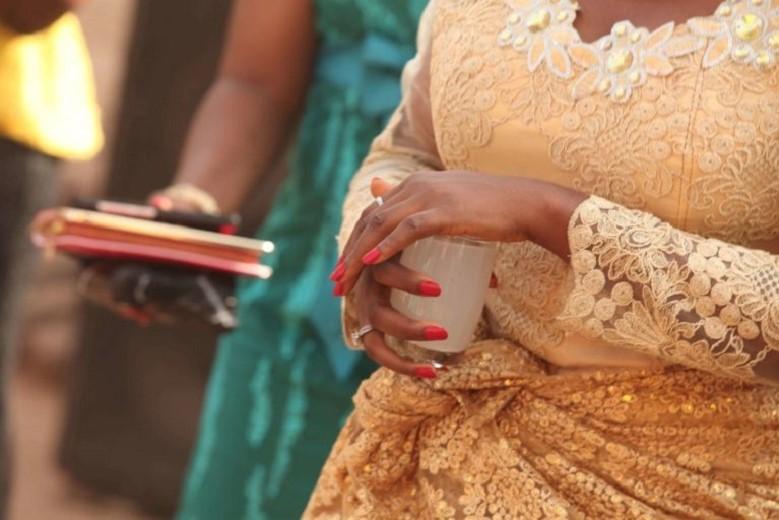
This practice is most widespread among West African tribes. The future groom first proclaims his intentions to his father, grandfather or uncle, and if he consents, he will meet with the “expected” father of the bride-to-be.
The elders will then collectively decide whether the wedding is to take place. Kola nuts will be offered and exchanged to seal the deal and celebrated at the official wedding announcement. Other gifts are also interchanged, such as drinks and tobacco.
In this aspect of some cultures’ African wedding ceremonies, brides-to-be kept in a nursery where they are “enriched” before they sent to their husbands’ homes. Sooner than the bride goes to her new husband’s house, she will receive some family gifts to build her new home. Gifts include clothes, jewellery, etc. On her wedding day, the bride bathes in her family’s older women as they “cleanse her childhood”.
The actual ritual of the wedding, i.e. the joining of the couple, is performed by a village elder who advises them and prays on their behalf, among other things.

